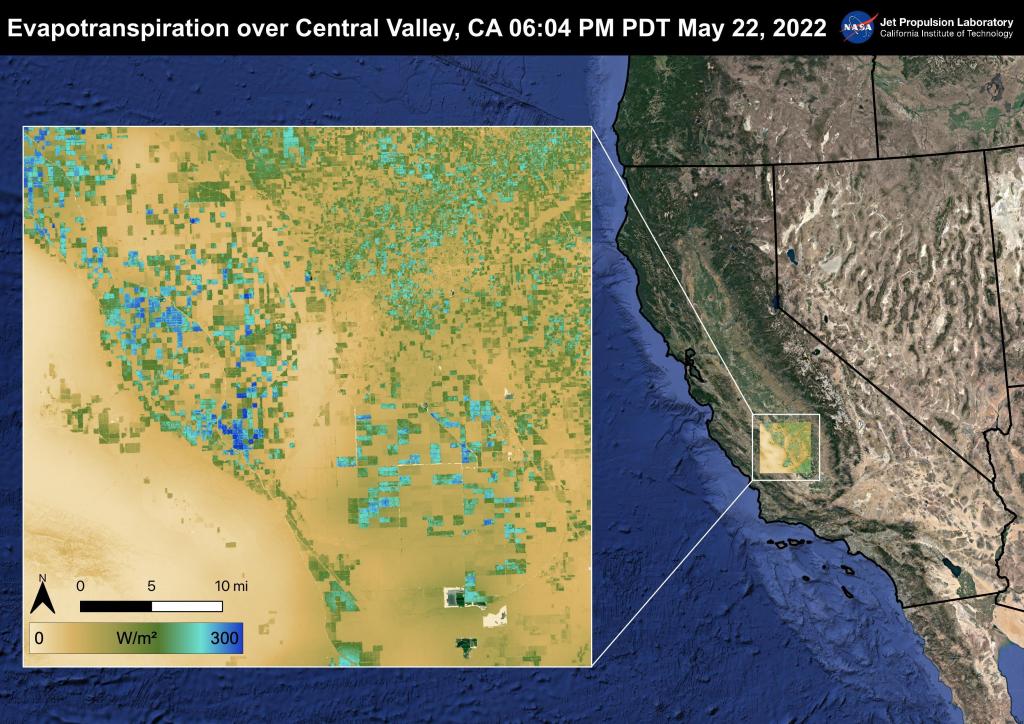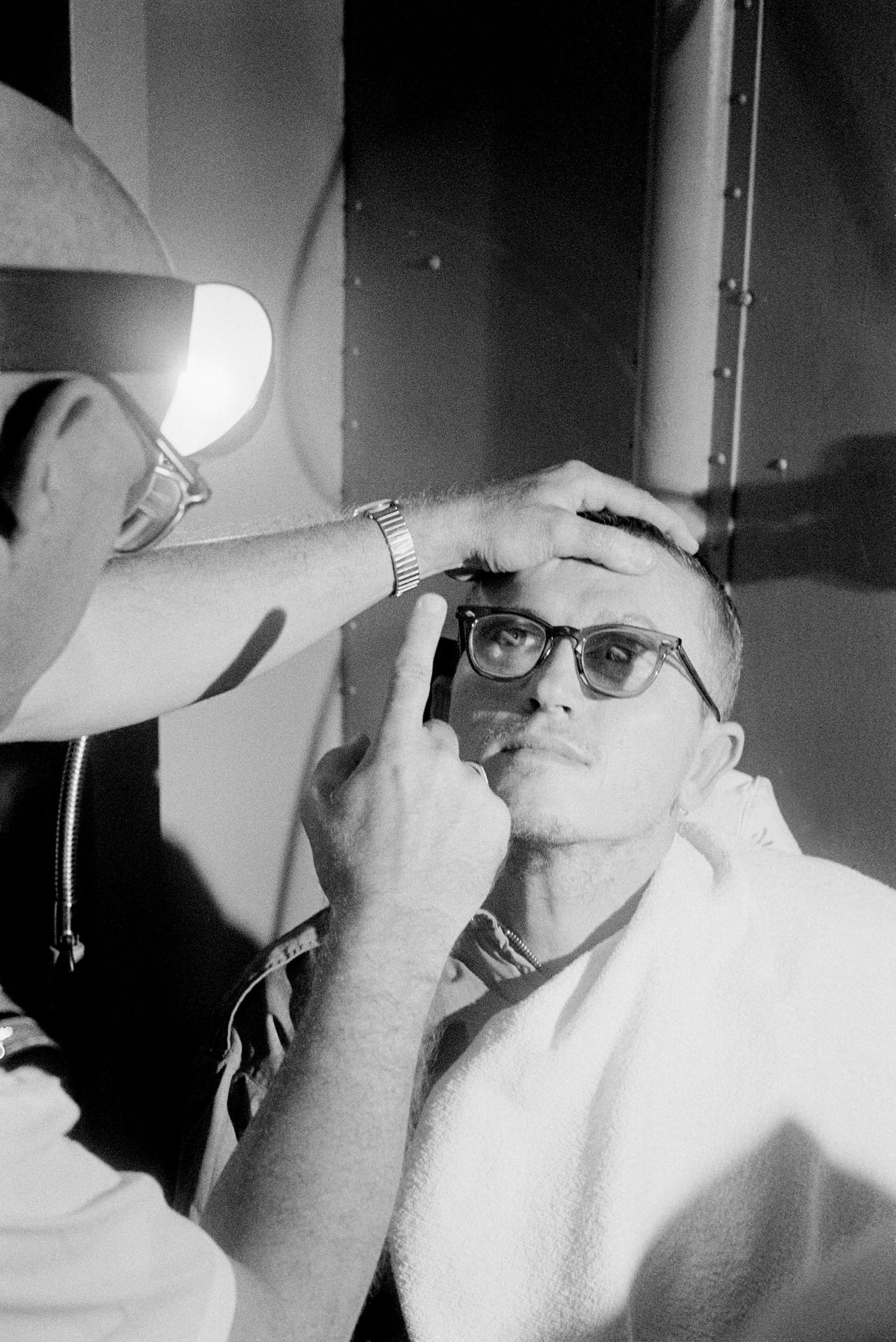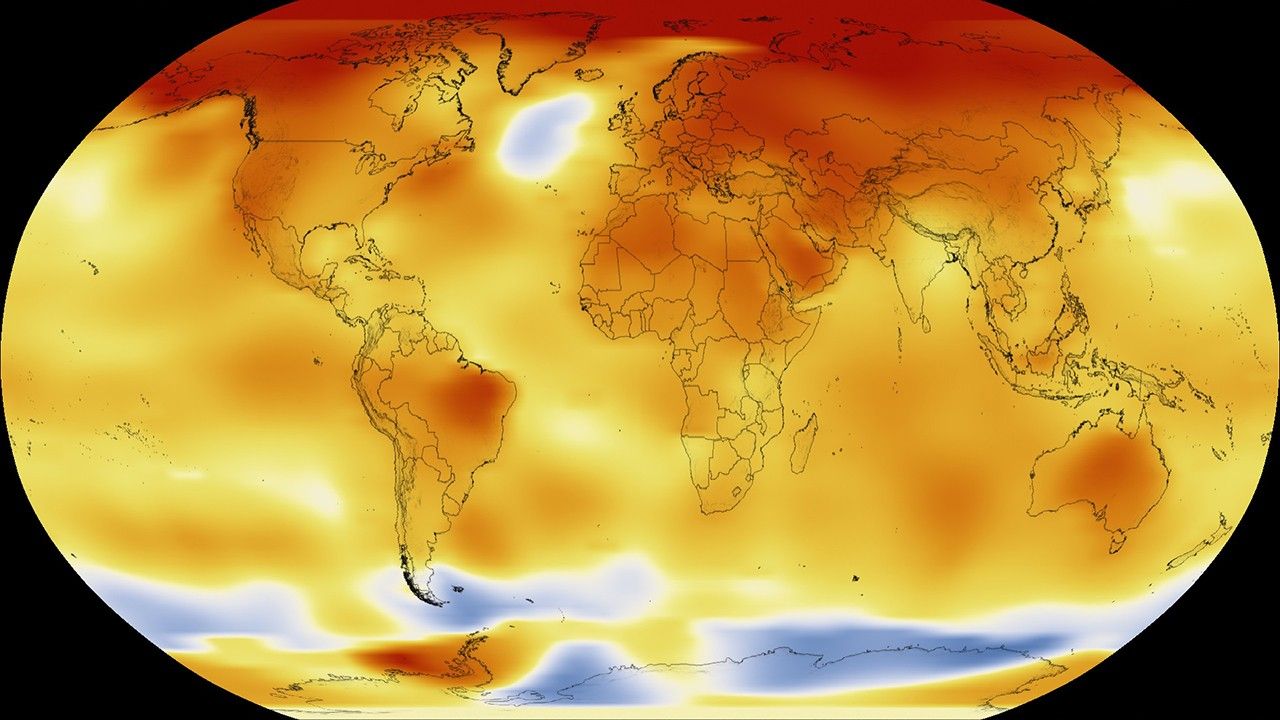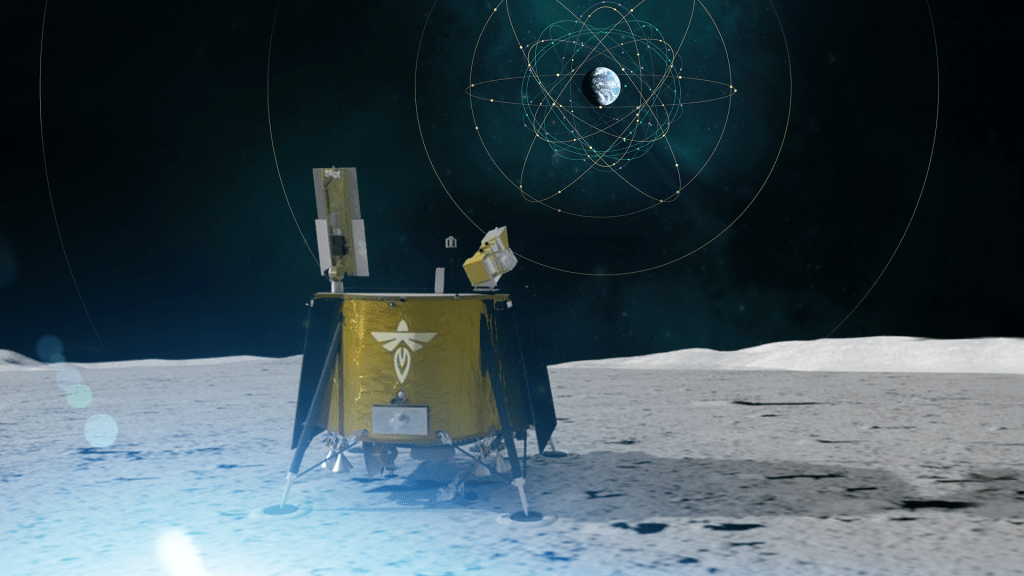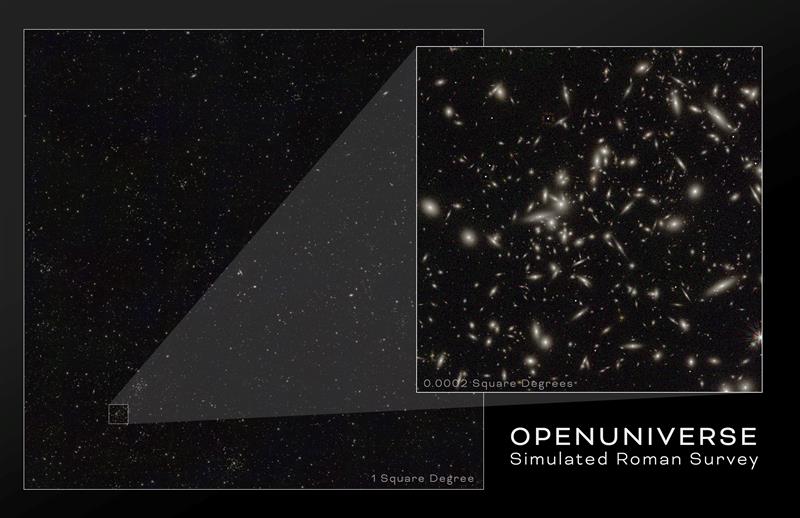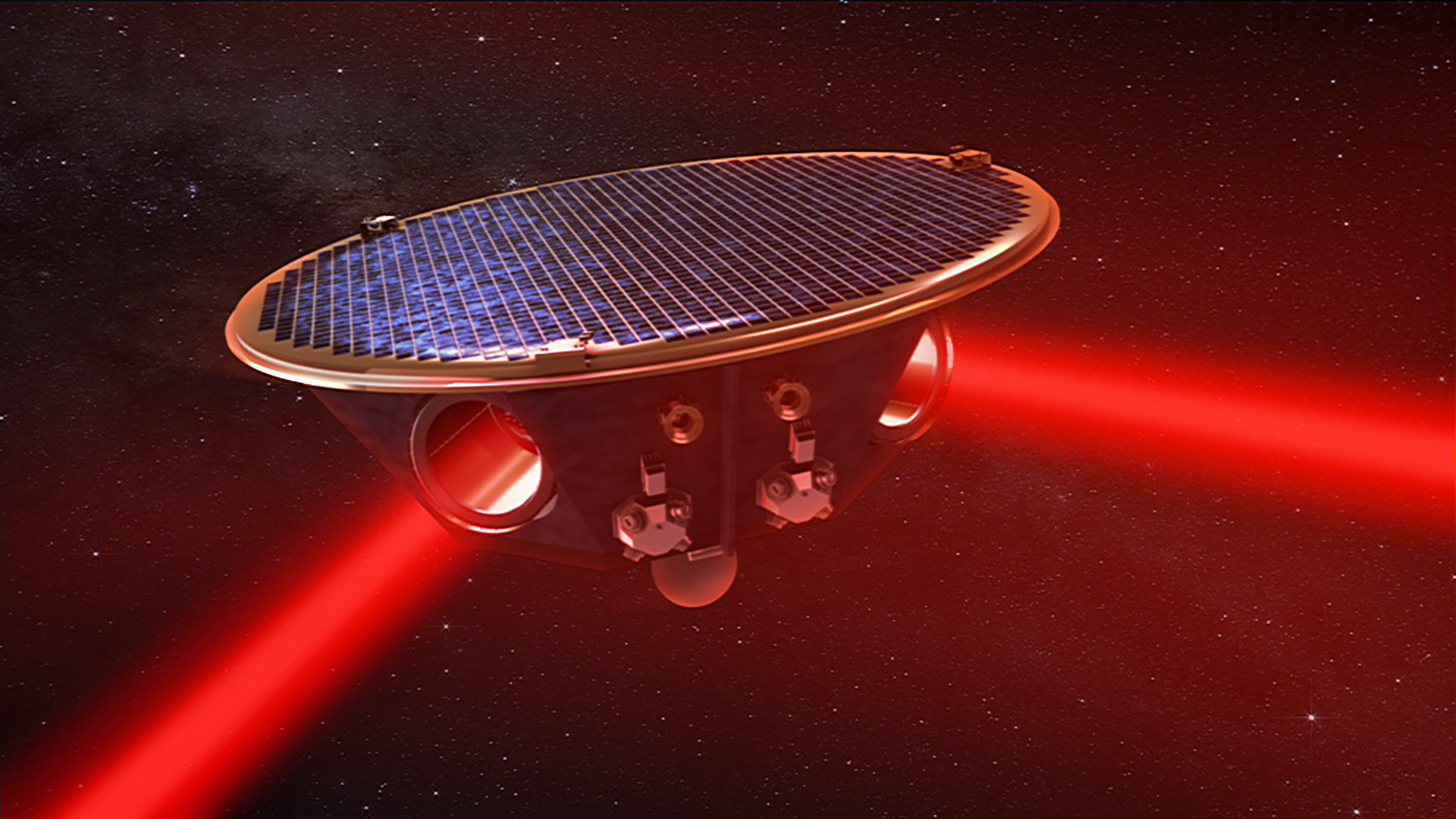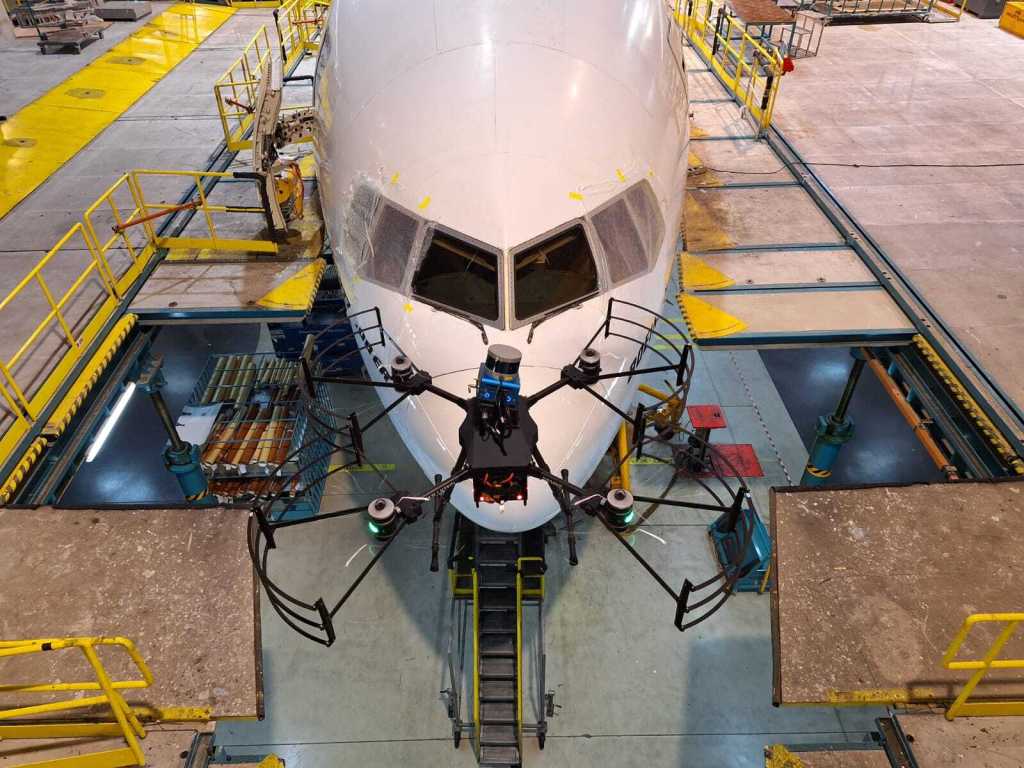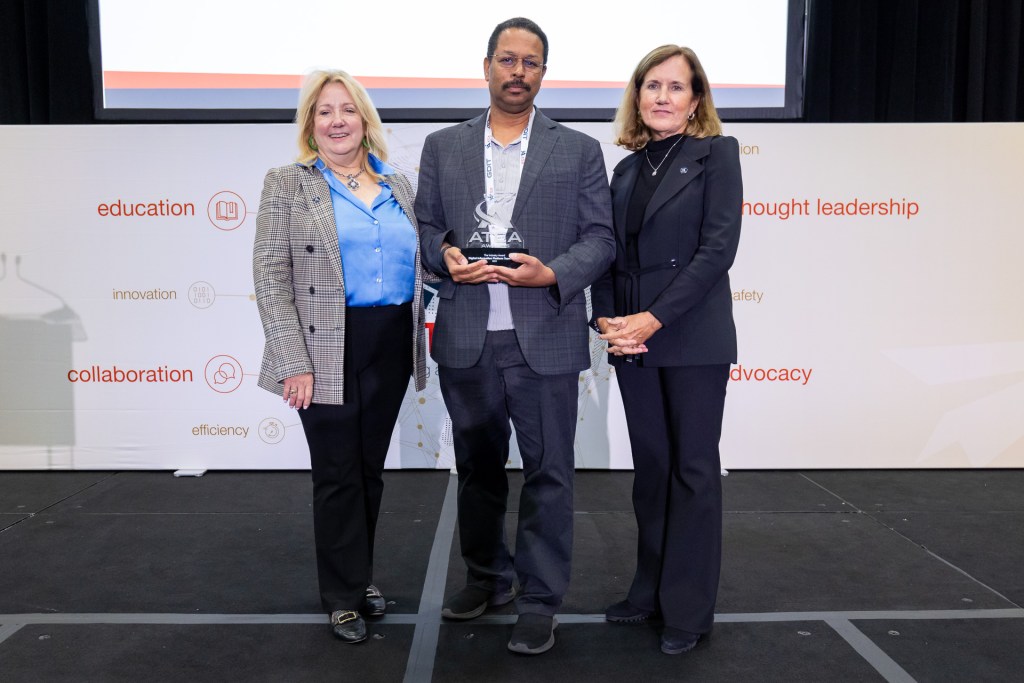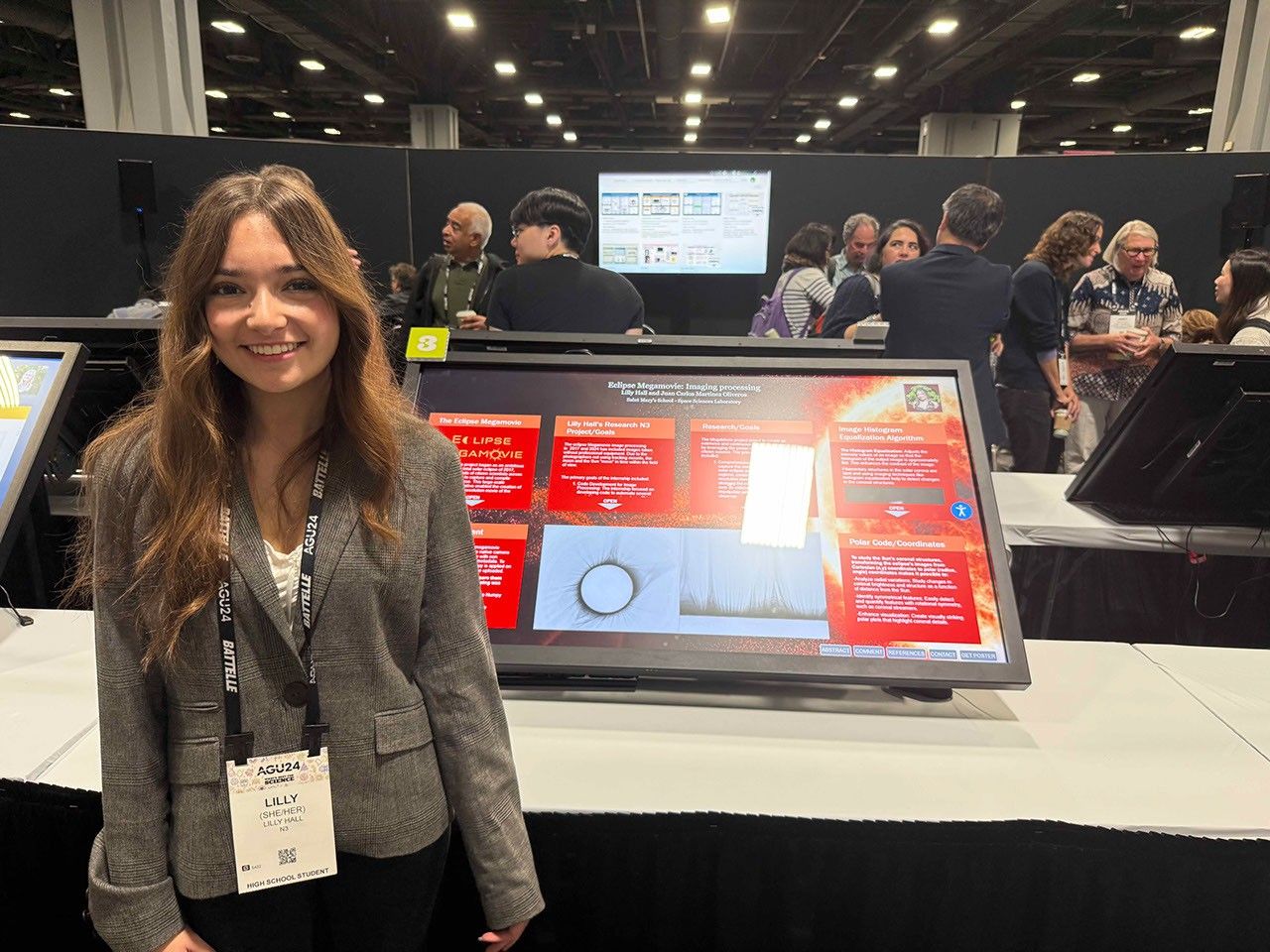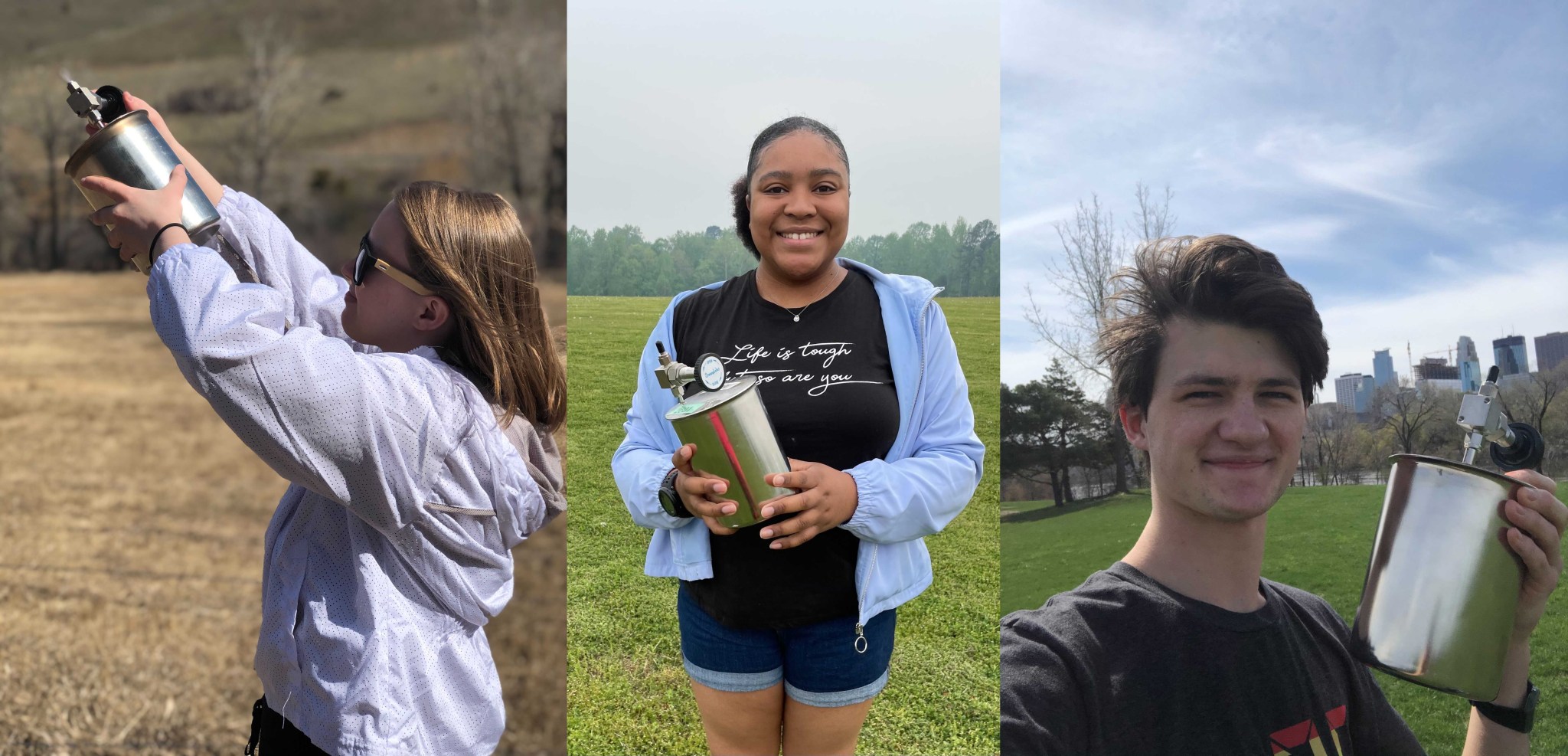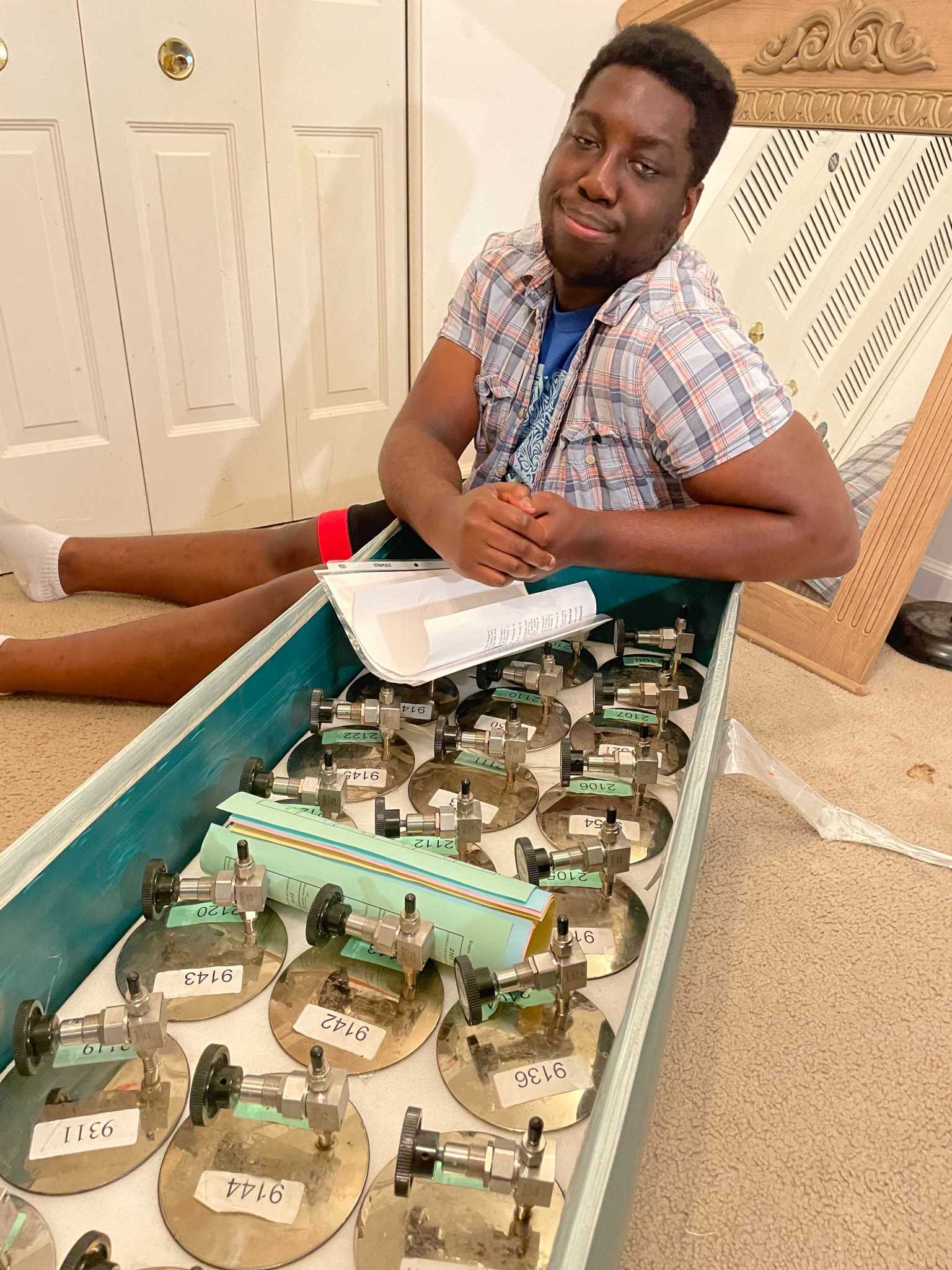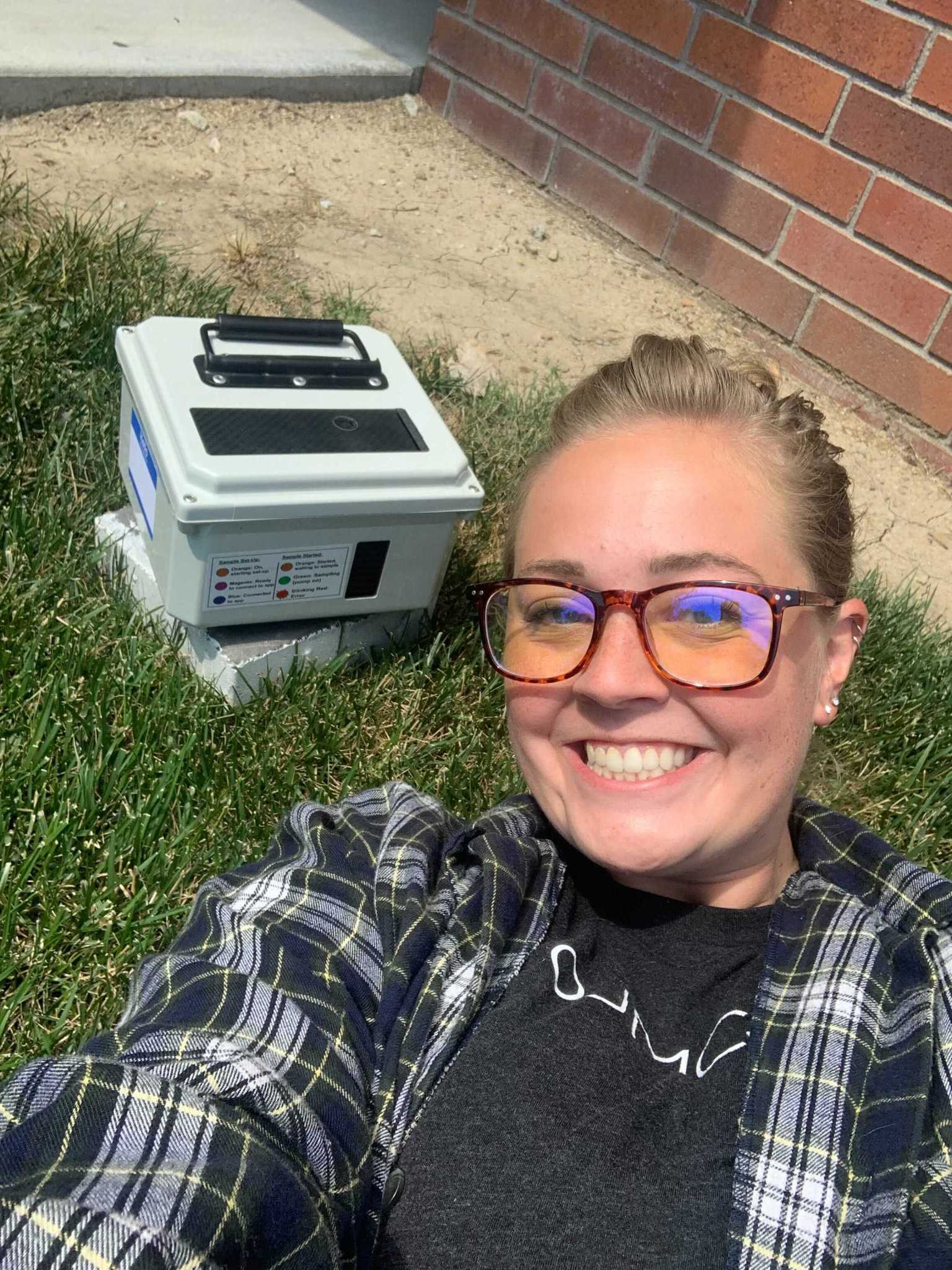For more than a decade, dozens of students from across the United States traveled to California to collect air samples aboard NASA research aircraft. Since 2009, about 30 students every year have studied Earth and airborne science as part of the NASA Student Airborne Research Program, or SARP, summer internship. Although COVID-19 restrictions impacted SARP 2020 and lingered in 2021, student interns continued to receive hands-on research experience using Earth and atmospheric science datasets.
In February 2021, NASA selected 28 undergraduate students for the SARP class of 2021 from hundreds of applicants from various U.S. colleges and universities. Students were assigned to one of four research groups with different areas of scientific focus: whole air sampling, atmospheric aerosols, terrestrial ecology, and ocean remote sensing. Each group is led by at least one faculty member and a graduate student research mentor.
Pre-pandemic, SARP students measured atmospheric gases and airborne particles as well as imaged the land and ocean using state-of-the-art instruments onboard a NASA research aircraft flown out of NASA’s Armstrong Flight Research Center’s facility in Palmdale, California. Students also collected samples and made environmental measurements on the surface across southern and central California. Following two intense weeks in Palmdale, students usually spent the remainder of the summer at the University of California, Irvine, or UCI, where they developed and completed their projects. Previous student research projects tracked vegetation and tree recovery after California fires and floods, discovered unreported oil spills, and mapped harmful algal blooms in coastal waters. However, this summer (like summer 2020), student interns collected data from their homes and analyzed previously collected aircraft, ground, and satellite data.
Even though the in-person component of SARP did not take place this summer because of the pandemic, participants had access to the program’s 12-year dataset to explore, develop, and execute research projects with the support of their graduate and faculty mentors and a team of NASA scientists. Students worked daily with their group and advisors online and were encouraged to incorporate a variety of NASA satellite, airborne, and ground-based measurements into their research projects.
With everyone staying at home rather than traveling to California, SARP 2021 students had a special opportunity afforded by their widespread geographic distribution across 22 states around the nation: at-home air sampling projects to better understand the environmental impacts of the pandemic. SARP 2020 interns also sampled their local air during the COVID-19 stay-at-home protocols last year. This provided students the unique chance to compare last year’s data with this year’s data to examine nationwide changes during this unprecedented time in history.
At-home sampling includes collecting whole air samples and aerosol measurements with instrumentation from two universities: UCI and Colorado State University. The Rowland/Blake Laboratory at UCI provided nearly 800 air canisters to send to SARP interns and mentors at home.
SARP participants each received 24 evacuated canisters to collect air in their locales. To collect an air sample, a researcher takes a canister outside and turns the valve on the handle, listening for the “hiss” indicating that it is filling with air. Once the hissing stops, the canister is full and the researcher closes the valve, trapping the sample. The whole collection process takes under a minute – it’s that simple!
Similar to SARP 2020, SARP 2021 participants received canisters in April before the official start of the program in June. Students collected air samples from mid-April to mid-July to track emission changes over time due to human and industrial activity and local and regional weather.
SARP participants sent their filled canisters back to the Rowland/Blake Laboratory for analysis. Scientists used gas chromatography to identify and quantify nearly 100 compounds, including greenhouse gases such as methane and carbon dioxide, vehicular exhaust gases, and gases related to industrial activities.
The 768 air samples collected by SARP 2021 participants combined with the 960 samples from SARP 2020 will provide a rich dataset of local atmospheric gas concentrations related to changes in meteorology as well as human and industrial activity during the pandemic.
We can look at the actual impact of the stay-at-home orders,” said SARP faculty member Dr. Don Blake, Distinguished Professor of Chemistry at UCI. “Comparing shorter-lived gases from last year’s SARP to this year’s SARP will allow us to say something about how the shutdown affected gases in the atmosphere, particularly for ozone precursors.”
During the pandemic, there has also been a notable increase of some previously banned halocarbons, substances that deplete the ozone in our stratosphere.
“We saw some interesting things with some of the longer-lived gases in 2020, and now we will have a better sense of whether it was a COVID anomaly or some other process,” Blake shared.
Quantifying the changes of these gases, as well as comparing different cities and towns, will provide a valuable perspective regarding the impact of the pandemic shutdown on the environment.
Each SARP student also received a Citizen-Enabled Aerosol Measurements for Satellites, or CEAMS, sensor from Colorado State University. CEAMS is a NASA-funded project to understand local air quality. The sensors measure particles that affect our air quality – smoke, dust, pollen, salt, and pollutants, to name a few. By operating the CEAMS instrument, students could better understand the air quality and pollution in their area. Students also tracked how smoke from wildfires in the western U.S. impacts air quality across the country.
In addition to the science outcomes of SARP, collecting and analyzing these datasets connected the group of interns and allowed for a unique bonding experience this summer.
SARP is funded by the Cooperative for Research in Earth Science and Technology, based at NASA’s Ames Research Center in California’s Silicon Valley.
Brenna Biggs
NASA’s Ames Research Center





